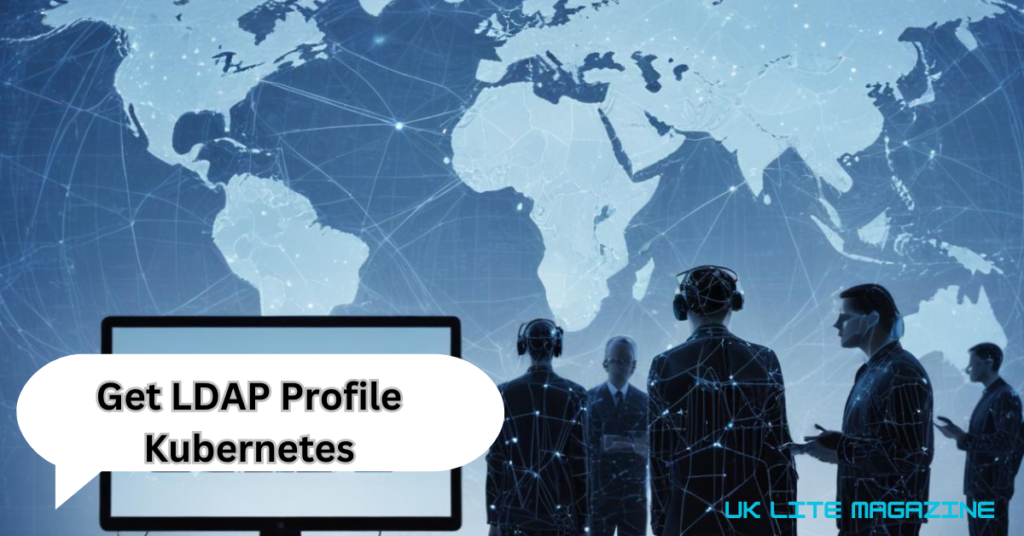Lightweight Directory Access Protocol (LDAP) is a vital tool for managing and authenticating users across different systems. When combined with Kubernetes, it provides a seamless way to manage user access to your clusters. Integrating LDAP with Kubernetes can improve your system’s security, simplify user management, and ensure consistent access control. This article will guide you through the best practices for integrating and retrieving LDAP profiles in Kubernetes.
What is LDAP?
LDAP is a protocol used to access and manage directory information. These directories often contain user details like usernames, passwords, and roles. LDAP is widely used in enterprise environments for authentication and authorization, often acting as the backbone for Single Sign-On (SSO) systems.
When working with Kubernetes, integrating LDAP ensures centralized user management, making it easier to control who can access your clusters and what actions they can perform.
Why Integrate LDAP with Kubernetes?
1. Centralized Authentication
By using LDAP, you centralize user authentication across all your systems, including Kubernetes. This avoids the need to manage separate credentials for each application or service.
2. Improved Security
LDAP allows for secure user authentication by leveraging existing protocols like SSL/TLS. When integrated with Kubernetes, this ensures that user credentials are handled securely.
3. Simplified User Management
Administrators can manage all user roles and permissions from a single location. Any updates made in the LDAP directory are reflected in Kubernetes automatically.
4. Scalability
LDAP’s hierarchical structure makes it easy to manage users and groups, even as your organization scales.
Steps to Integrate LDAP with Kubernetes
1. Set Up an LDAP Server
Before integrating LDAP with Kubernetes, ensure that you have a working LDAP server. OpenLDAP is a popular open-source implementation, but other enterprise solutions like Microsoft Active Directory are also commonly used.
- Install the LDAP server and configure it with the required user and group information.
- Test the server to ensure it’s operational and accessible.
2. Deploy Kubernetes Cluster
Ensure that your Kubernetes cluster is running and configured correctly. You can use managed services like Amazon EKS, Google GKE, or Azure AKS or set up a self-hosted cluster using kubeadm or other tools.
3. Install Authentication Tools
Kubernetes does not natively support LDAP authentication. You need to use an external tool or plugin to bridge the gap. Popular choices include:
- Dex: An open-source OIDC (OpenID Connect) identity provider that integrates with LDAP.
- Keycloak: A feature-rich identity and access management solution that supports LDAP.
Configure these tools to connect to your LDAP server. This often involves:
- Providing the LDAP server URL.
- Specifying the base DN (Distinguished Name) for user and group searches.
- Defining the LDAP filter to locate users and groups.
4. Configure Kubernetes to Use LDAP
Once your authentication tool is set up, configure Kubernetes to delegate authentication to it. This involves:
- Setting up an API server flag with the external authentication tool.
- Configuring role-based access control (RBAC) policies in Kubernetes to map LDAP groups to Kubernetes roles.
5. Test the Integration
After setting up LDAP integration, test the configuration:
- Attempt to log in to Kubernetes using an LDAP user.
- Verify that the correct roles and permissions are applied based on the user’s LDAP group.
6. Monitor and Maintain
Regularly monitor the LDAP-Kubernetes integration to ensure it’s functioning as expected. Update configurations as needed to accommodate organizational changes, such as new users or updated security policies.
Best Practices for LDAP Integration in Kubernetes
1. Secure Communication
Always use secure protocols like LDAPS or StartTLS for LDAP communication to protect user credentials and sensitive data.
2. Use Groups for Role Management
Instead of assigning roles to individual users, use LDAP groups. This simplifies role management and ensures consistency across the system.
3. Implement Auditing
Enable logging and auditing in Kubernetes to track authentication requests and changes to RBAC policies. This is crucial for compliance and troubleshooting.
4. Automate User Synchronization
Use tools or scripts to automatically sync LDAP users and groups with Kubernetes. This minimizes manual intervention and reduces errors.
5. Regularly Update LDAP Configuration
LDAP server configurations and Kubernetes plugins may require updates over time. Ensure you stay current with patches and security updates.
Conclusion
Integrating LDAP with Kubernetes is a powerful way to streamline user management, enhance security, and ensure scalability in your system. By following the steps and best practices outlined in this guide, you can achieve a robust integration that meets the needs of your organization. Regular maintenance, monitoring, and updates will ensure that your LDAP-Kubernetes setup remains efficient and secure over time.

